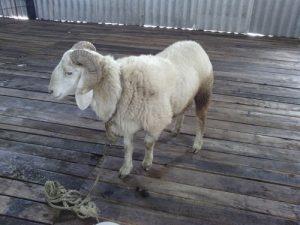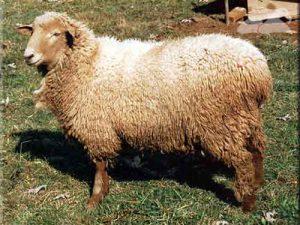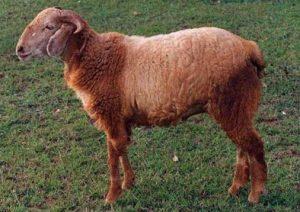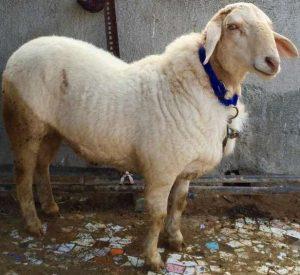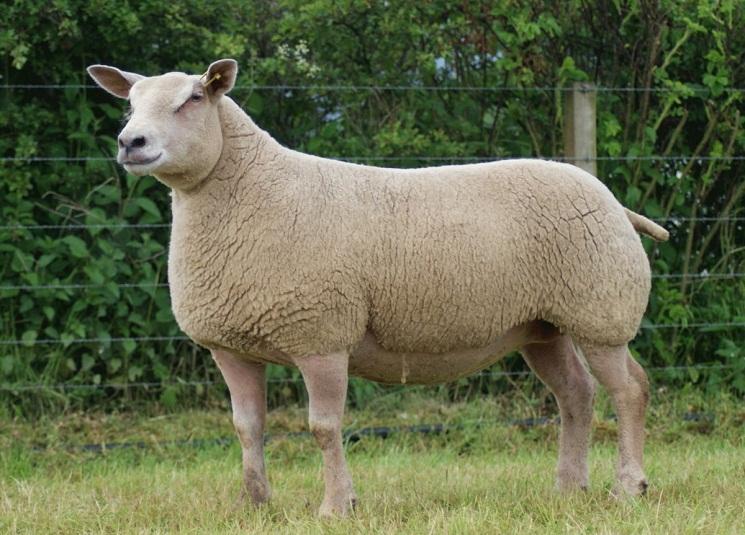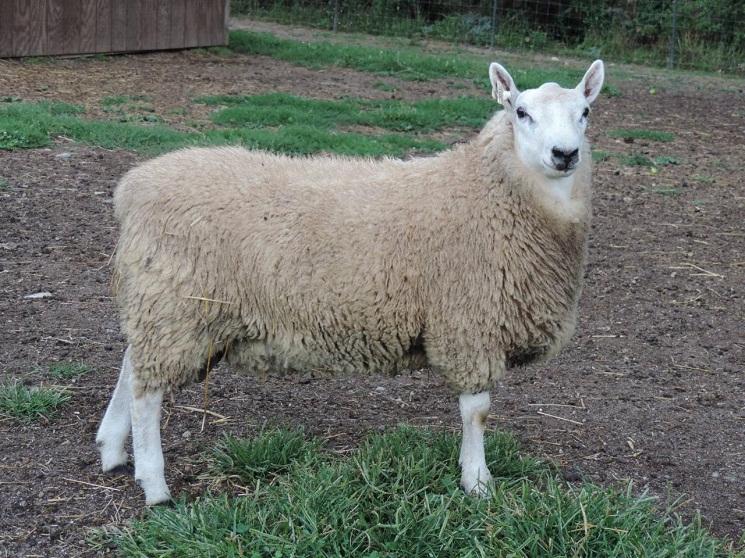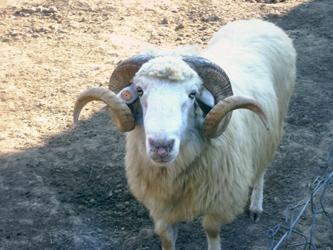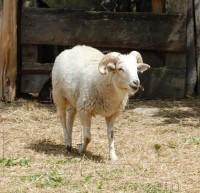Bannur Sheep
The Bannur Sheep is a breed of highly-valued Indian sheep that were found in India’s Karnataka. They are popular for their excellent quality of meat, and are primarily reared for the same purpose.
| Also Known As | Mandya sheep, Bandur sheep |
| Physical Characteristics | Small stature but a compact body; has a typical reversed ‘U’-shape conformation from the rear view with a chest girth of 65-79 cm; the ears are leafy, long, and drooping, and the nose is slightly roman; the tail is thin and small; a large percentage of the specimens carry wattles |
| Coat Type | Coarse, hairy |
| Face Color | White (rarely brown, sometimes extending till neck) |
| Horns | Yes; twisted, semi-circular |
| Uses | Meat Production; also for wool sheep and fighting (secondary) |
| Wool Color | White (both sexes) |
| Annual Wool Production | 380 grams approx. |
| Lifespan/Expectancy | Average |
| Weight (size) | Ram: 35 kg; Ewe: 24 kg (Average) |
| Length | Ram: 64 cm; Ewe: 59 cm (Average) |
| Height At Withers | Ram: 62 cm; Ewe: 56 cm (Average) |
| Mortality Rate | 20.07% (adults) |
| Flock Size | Relatively smaller than other breeds |
| Diet | Crops, tree leaves, fodders and grains |
| Country of Origin | India |
History and Development
The Bannur is a very old breed that got its names ‘Bannur Sheep’ and ‘Bandur Sheep’ from the Bannur town in the Mysore district, and from the village called ‘Bandur’, located in the south Indian state of Karnataka, respectively. Bannur sheep farming is easy, and these sheep are purely reared so as to retain the quality of meat. Though, the breed characteristics and weight gain rate are not better than other sheep breeds, but because of the superior taste and quality of its meat, this breed has huge demand in the meat market.
Distribution
The bannurs are mainly spread across the Bannur district and regions bordering the Mysore district of Karnataka state.
Kidding
This sheep breed is pure, and the male bannur sheep are selected based on their conformation and body weight. The female bannur sheep attains the age of reproduction at the age of about 650 days. While the interval of lambing is about 380 days, the lambing percentage is about 75%. The litter size is one.
Meat Production
This breed is popular for its meat production ability, and the quality of meat too is juicy and tender, which makes the taste excellent. The dressing percentage (live weight basis at 1 year of age) in the bannur sheep is about 48%. The live weight at birth is 2 kg, while by the time of weaning, they reach the weight of almost 10. By 6 months of age they are 13, and within a year, they are almost 22 kilos.
Interesting Facts
- This breed is in high demand across the Indian state of Karnataka, especially in the state capital Bangalore, and the price of a single one-year-old bannur can be up to INR 10,000-12,000 approx. However, the demand goes even higher prior to the Islamic animal sacrifice festival of ‘Bakreid’, during which time the same specimen can cost up to INR 25,000 (as of 2011).


